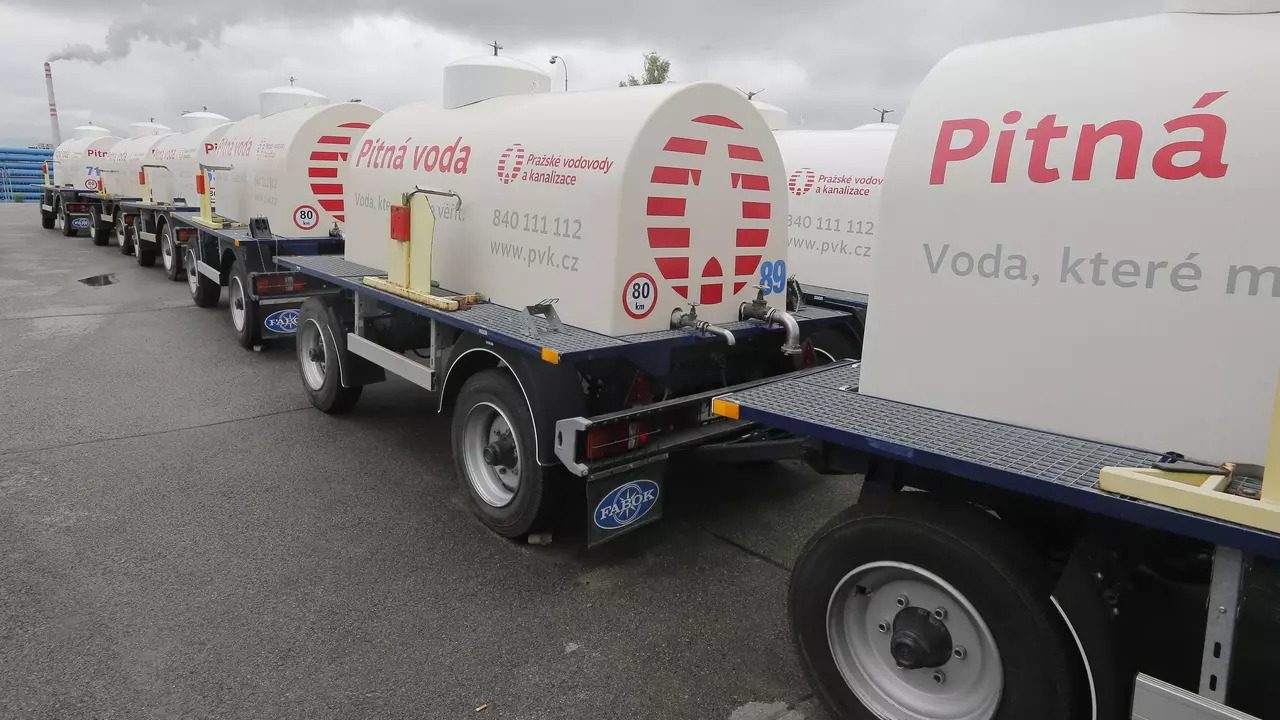The State Material Reserves Administration (SSHR) has received the first requests from municipalities to provide drinking water tankers in connection with the drought. The SSHR has already lent a cistern to Jesenice in Rakovník in Central Bohemia, which uses it to provide drinking water for the Bedlno district, said SSHR chairman Pavel Švagr.
“The reason was the lack of water in the area, i.e., the drying up of public and private wells,” Švagr said.
Last year, the Reserve Administration provided tanker trucks, water containers, and an electricity generator to four villages in connection with the drought.
In the Central Bohemian Region, it was Mečeříž and Jesenice. In the Ústí Region, it was Dolní Poustevny, and in the Vysočina Region, it was Malčín. For 2020 and 2021, SSHR provided drought assistance to 11 municipalities, i.e., approximately 10,000 people.
Tanks or water containers also help in emergencies
“During this period, we provided two container tankers and one tanker at the request of the South Moravian Regional Authority and the Municipality of Pilsen, all in connection with providing drinking water for war refugees from Ukraine,” Švagr said.
A map published last week by scientists working on the Intersucho project shows that the relatively rainy weather at the beginning of the month in most of the Czech Republic managed to replenish the water in the soil to normal or only slightly below normal levels within one meter.
The areas affected by the drought have shrunk, including the Podkrkonoší region, the central Polabí region, and the eastern part of the Central Bohemian Region. Drought has receded significantly in southern Bohemia, Poohří, and Haná.
However, as the drought in spring was long and pronounced, rainfall was still insufficient to replenish the river, and flows remained below average.
The data showed that almost all the water that did not evaporate was absorbed into the soil and used by plants.






Leave a Reply